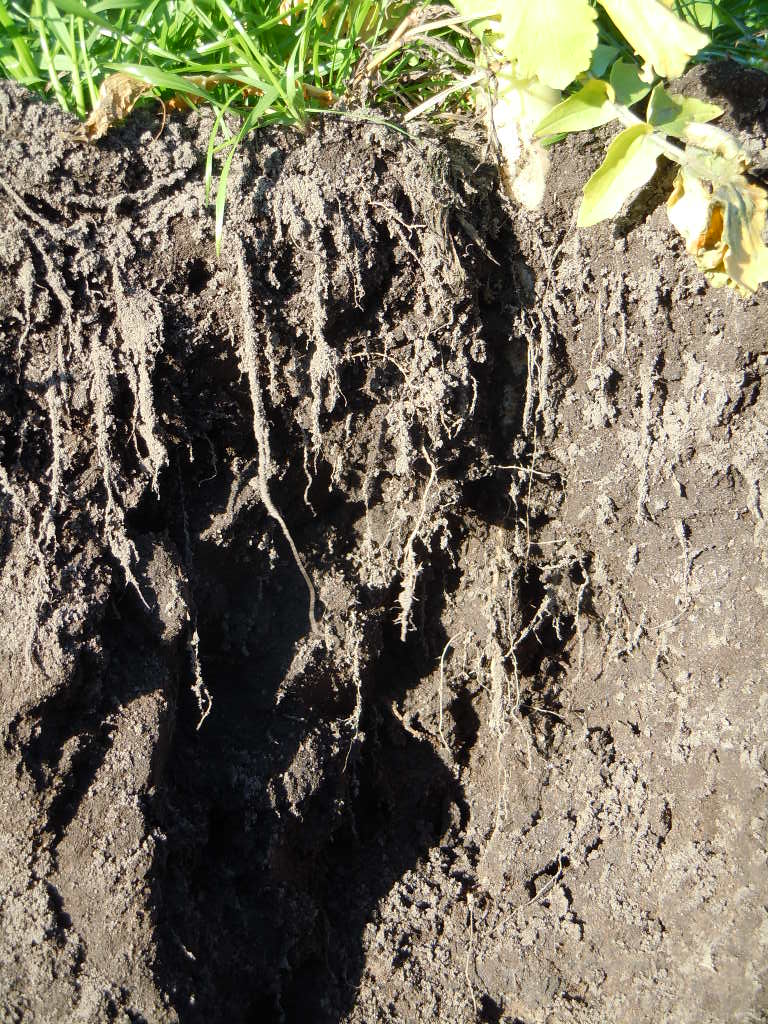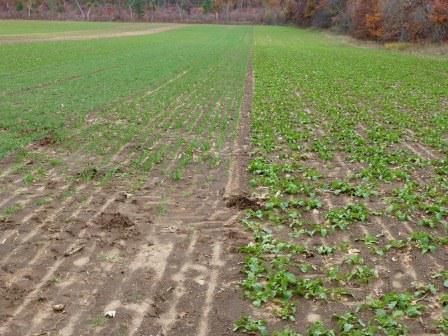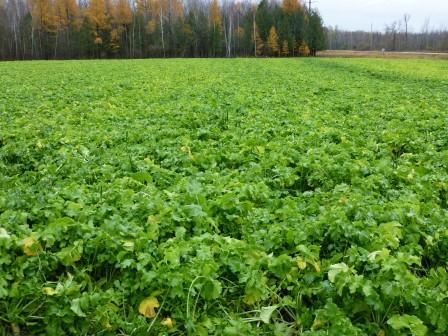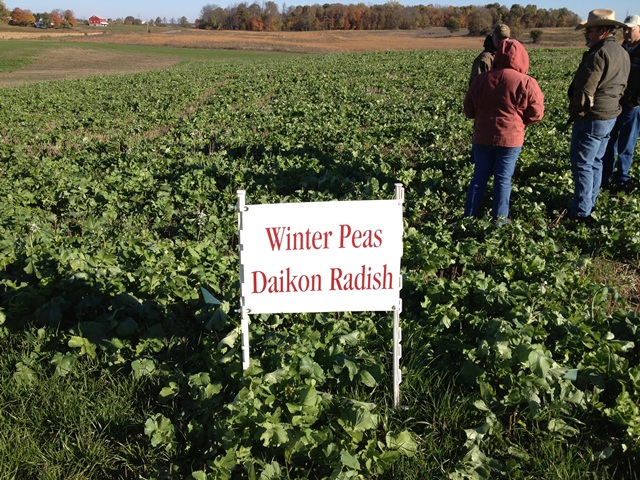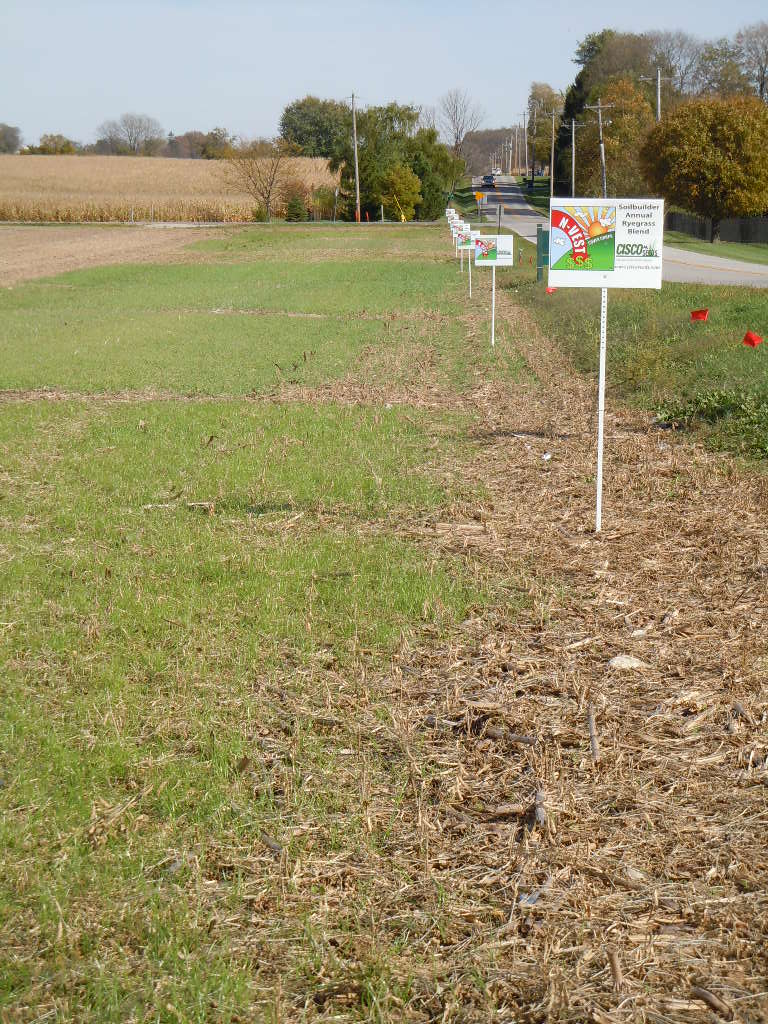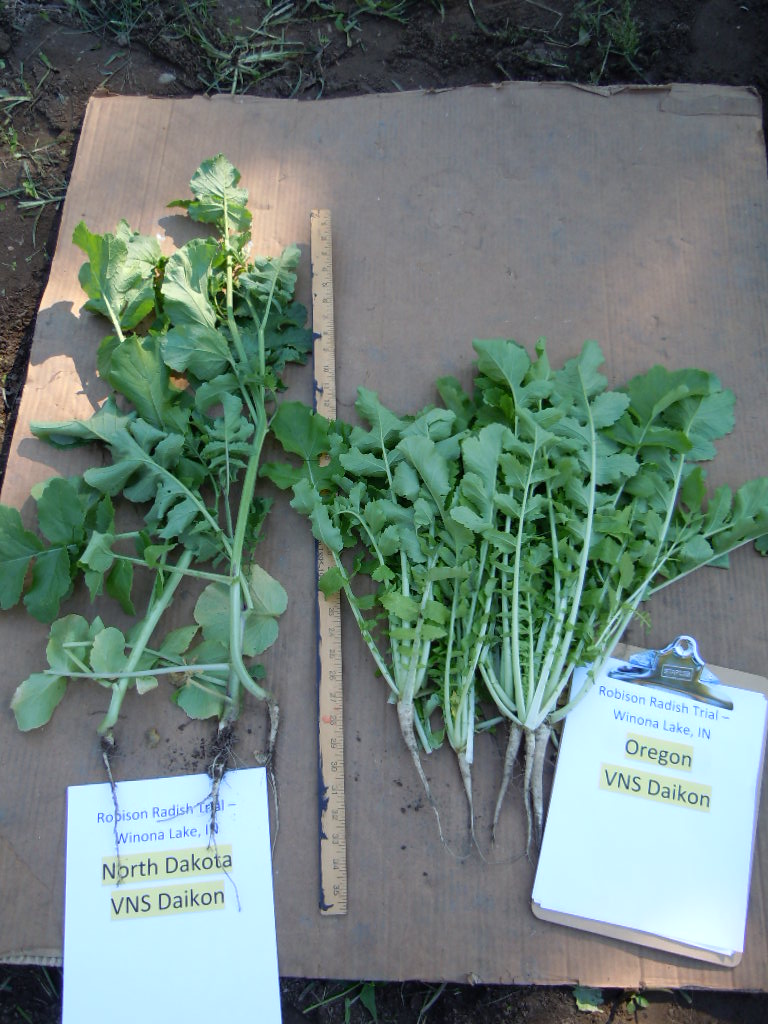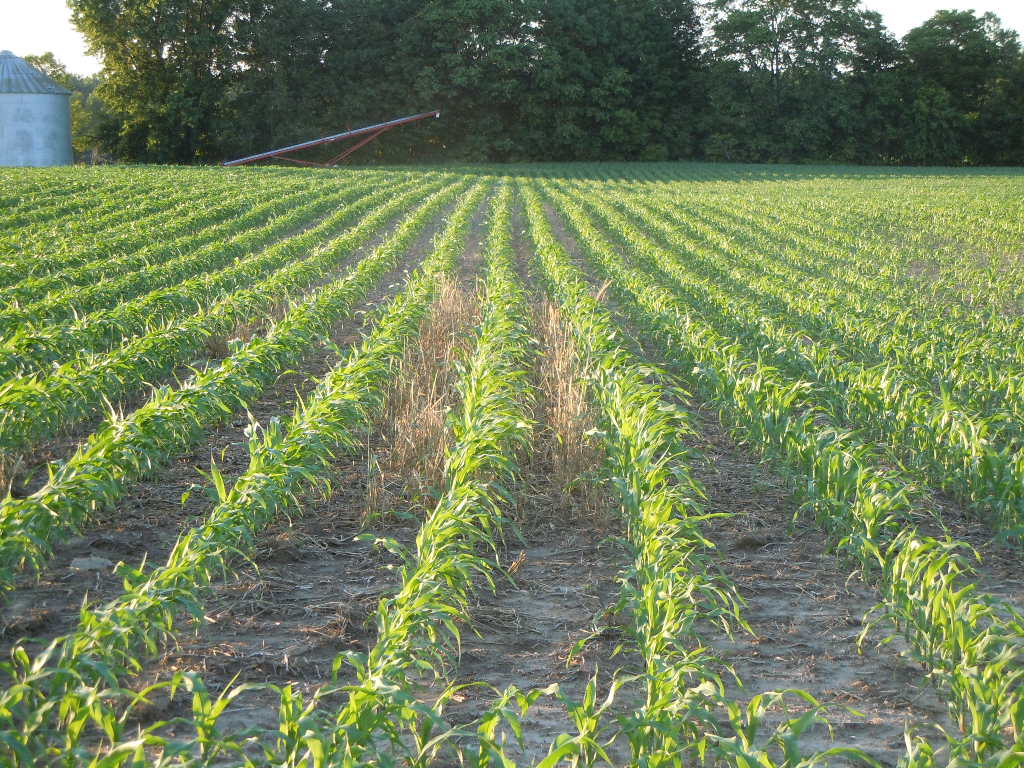Four Cover Crop Field Days in NW Indiana and Down-State Illinois
I know that there are lots of cover crop field days that I do not list on this site. However, I usually try to get cover crop field days listed on the Midwest Cover Crops Council website when I hear about them. However, I have four field days that I believe will be attractive […]
Four Cover Crop Field Days in NW Indiana and Down-State Illinois Read More »
